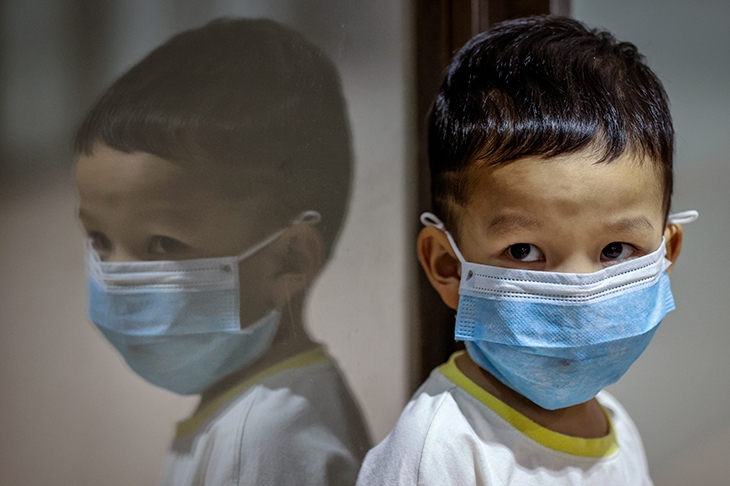The killer came from the east in winter: fever, cough, sore throat, aching muscles, headache and sometimes death. It spread quickly to all parts of the globe, from city to city, using new transport networks. In many cities, the streets were empty and shops and schools deserted. A million died. The Russian influenza pandemic of 1889-90 may hold clues to what happens next — not least because the latest thinking is that it, too, may have been caused by a new coronavirus.
In addition to the new diseases of Sars, Mers and Covid-19, there are four other coronaviruses that infect people. They all cause common colds and are responsible for about one in five such sniffles, the rest being rhinoviruses and adenoviruses. As far as we can tell from their genes, two of these coronaviruses came from African bats (one of them bizarrely via alpacas or camels), and two from Asian rodents, one of them via cattle.

Get Britain's best politics newsletters
Register to get The Spectator's insight and opinion straight to your inbox. You can then read two free articles each week.
Already a subscriber? Log in







Comments
Join the debate for just $5 for 3 months
Be part of the conversation with other Spectator readers by getting your first three months for $5.
UNLOCK ACCESS Just $5 for 3 monthsAlready a subscriber? Log in